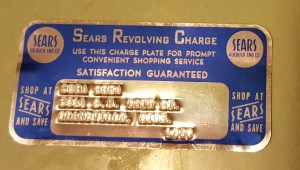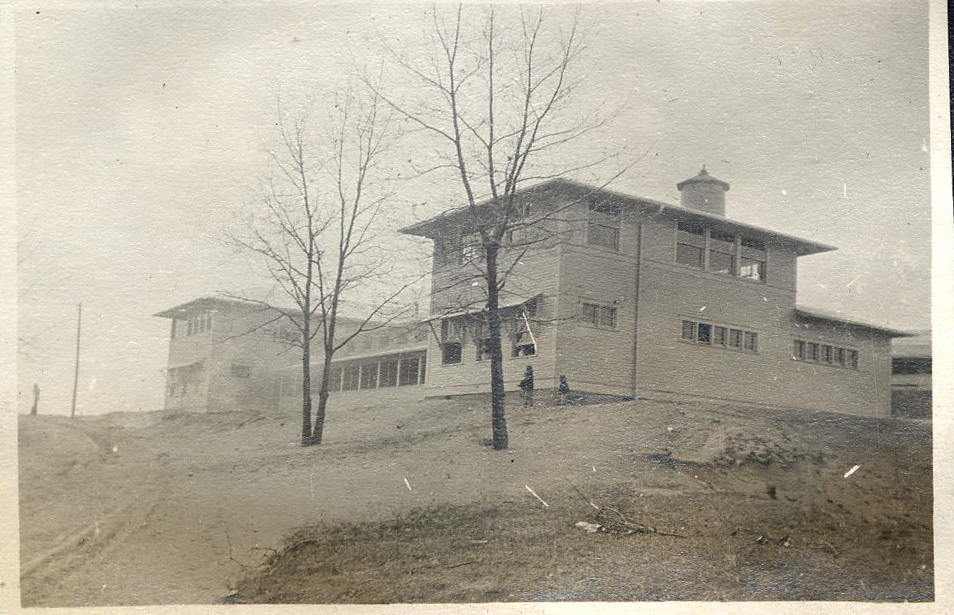Needless to say, the pandemic has totally thrown my year, but I’ve been sitting on a version of this post for a while. I’m not sure I’ll be able to get back into a more normal run of posts anytime soon, but I will endeavor to at least post more.
Some of you know I was working on a presentation on occupational records and resources for a Virtual Genealogical Association webinar last week. It was another presentation that was truly meant to get researchers out and about looking for information in libraries, archives, and museums. Then… pandemic. But, in the retooling of the presentation, I found so many interesting and cool online resources that I really thought they were going to have to cut me off for going too long. Suffice to say, there is much that can be done online—but you should also be making the list of places to visit when it is safe for you to do so too.
I’ve talked about examples of occupational records/resources on the blog before: Henry R. Massy’s Police Force Application, Grandpa Bailey’s work photo from Kirkhoff Manufacturing, labor union publications. But being in lockdown gave me time to explore other resources. For example, did you know that Ancestry has record sets like U.S., Baseball Questionnaires, 1945-2005—a collection of self-completed surveys including the likes of Roger Marais, Ken Griffey, Jr (and Sr.), or former Detroit Tiger Brad Ausmus. Or maybe you need a record set more down to earth? They also have a collection called Wisconsin, Employment Records, 1903-1988—including the four occupations for which one needed a license: education, barbering, watchmaking, and boxing.
Family Search has a variety of collections like the Certificates of admission to the Guild of barbers, surgeons and chandlers, Shewsbury, 1745-1792 (UK), the Business license records (Pike County, Ohio), 1816-1854, 1877, or the Peddlers and Show Licenses, 1852-1866 (Decatur County, Georgia).

Searches in WorldCat or ArchiveGrid can net more collections—such as the Arkansas State Board of Barber Examiners files of inactive barbers, series III, 1937-1994 at the Arkansas State Archives including a picture of my Great Uncle Fred Elliott. But so can a search on Google. That’s how I found a number of industry journals with mentions of family members. Like the notice of the fire at my 4th Great Uncle H. R. Rothwell’s barrel, cask and box factory in Chicago, Illinois in on June 9th 1908 in The National Cooper’s Journal and The Barrel and Box.

“But I only have Farmers!” I hear you. I know. I have my fair share, but check out the community your family is from to see if any of the farm books or store ledgers for the area survived. I can’t promise they’re out there, but it’s worth a look—especially if you’ve hit a brick wall.
Or maybe your find is waiting for a building renovation and will find its way to Facebook, like this. It a grocer’s card that a pizza joint in my mom’s hometown found while renovating. I totally wanted it to be our George, but then it settled in that there were three George Porter’s in town at that time (and we’re only related to two of them)—needless to say that’s the one we have no claim to. But, wow! What a neat job-related find sitting out there on social media for someone.
Happy hunting!
Jess
















 One of my winter projects was to write about my family’s experiences during the height of the Tuberculosis epidemic in the late 19th and early 20th century. That means I have a nice list of resources I’d suggest for people researching in this era. My primary focus has obviously been Michigan but if you’re researching a TB patient or anyone involved in the epidemic—activists, medical staff, etc.—consider that there could have been a comparable organization in the area you’re researching.
One of my winter projects was to write about my family’s experiences during the height of the Tuberculosis epidemic in the late 19th and early 20th century. That means I have a nice list of resources I’d suggest for people researching in this era. My primary focus has obviously been Michigan but if you’re researching a TB patient or anyone involved in the epidemic—activists, medical staff, etc.—consider that there could have been a comparable organization in the area you’re researching. I forget how interesting it is to look through a newspaper like
I forget how interesting it is to look through a newspaper like 